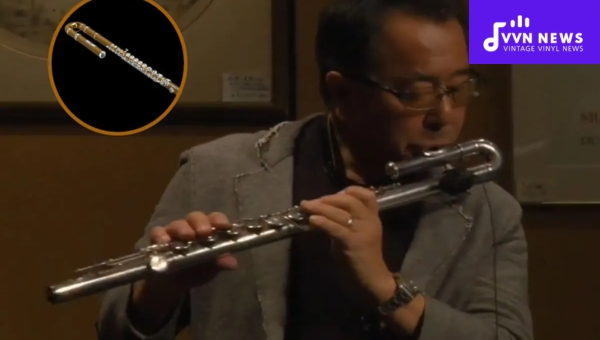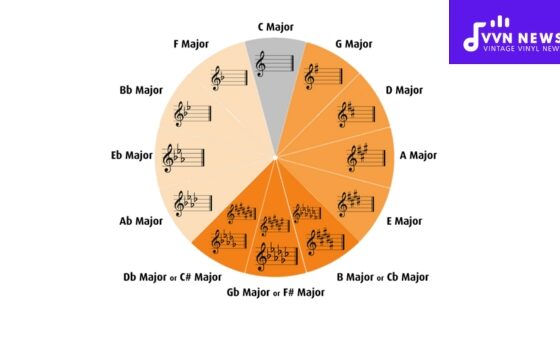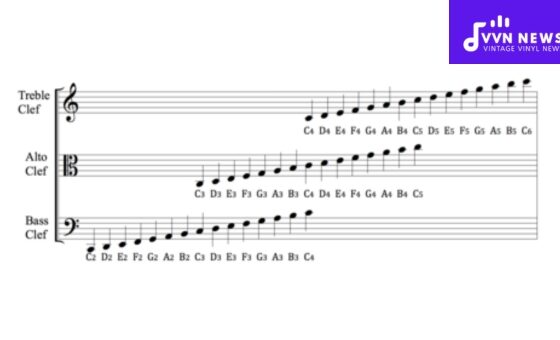Are you having trouble mastering your flute’s notes? Today, I’ll guide you through the “Top 10 Flute Fingering Mistakes: Common Errors & Fixes” that could be holding you back. It’s easy to get lost in the music, but those little slips might be more common than you think.
Let’s dive right into how we can make your performance flawless! Fingering mistakes on the flute often include incorrect hand position, not covering the holes fully, and mixing up similar fingerings for different notes.
By focusing on proper hand placement and consistent practice with each note, these errors can be swiftly corrected. This will enhance your playing accuracy and enrich the melody of your music.
The 10 Most Common Flute Fingering Mistakes
As a dedicated flutist, it is essential to identify the typical errors that can hinder your progress.

The following elaboration on the three foremost common mistakes can be immensely valuable to ironing out these errors.
10. Incorrect Hand Position
This mistake is often made by beginners and can dramatically impact the flute’s sound.
Both hands should be relaxed on the flute with the fingers slightly arched and placed directly over their respective keys.
The right hand should resemble a ‘C’ shape, and the left hand a ‘D’ shape.
Failure to maintain the correct hand positions leads to decreased finger mobility, slower playing speed, and mistakes in note transitions.
9. Inconsistent Fingerings for the Same Note
A flute has multiple fingerings for some of the same notes. Thus, lack of consistency, while switching between different fingerings for the same note may cause unevenness in your melody.
Musicians designate these as alternate or trill fingerings. When playing pieces with fast passages or trills, it’s beneficial to use alternate or trill fingerings to play quicker and smoother.
Stick with one fingering pattern unless directed otherwise by your instructor or music sheet.
8. Thumb Placement Errors
Another common mistake regarding fingering on flutes revolves around thumbs – both left and right ones.
For an effective grip without discomfort, your left thumb should rest on the thumb-key, while remaining slightly bent near your knuckles.
Contrarily, your right thumb holds no key; It only serves as a fulcrum providing support to balance the flute’s weight against your lips and fingers.
Any error in thumb positioning could derail the stability of handling, interrupting a fluidic transition of notes.
7. Not Covering Holes Completely
Especially relevant to open-hole flutes is an issue reminding players about entirely covering holes when needed.
Failing this crucial aspect might lead to squeaking sounds or incorrect pitches during playtime: both are clear indicators of under-covered holes plagued by air leakage gaps around fingers.
So take note – completely sealed holes result in crip sounds helping melodies maintain predetermined rhythm & resonance.
6. Rolling Flute Too Far In or Out
One widespread fingering mistake – rolling your flute too inwards or outward tilts – might change the angle at which the air enters the flute.
Rolling in excessively makes notes sound sharp. Extreme outward tilting causes them to become flat.
The most advisable position is keeping the flute parallel to your lips and across to your body maintaining an optimal balance between embouchure and finger placements. Extremes of any kind distort the flute’s tones.
5. Incorrect Pinky Finger Usage
A frequently observed problem by novice players is the incorrect manipulation of the pinky fingers on the flute.
For full command and precision, both your pinky fingers need to rest directly on their respective keys: E-flat key for your right hand and G# for your left.
One common mistake is the tendency to apply extra pressure or “mash” down the keys.
This practice not only hampers technique but is also unnecessary – a gentle press can activate keys just as efficiently. Also, remember to keep both your pinkies curved and relaxed at all times.
4. Using the Wrong Fingers for Trills and Tremolos
Trills and tremolos, integral parts of flute music, require specialized techniques that sometimes differ from regular note progression.
In a basic sense, trills involve rapid oscillation between two adjacent notes while tremolos require quick alternation between two notes (not necessarily adjacent).
Negligence of correct fingering during these passages can lead to inconsistent rhythms or awkward transitions.
While playing trills or tremolos, adopt fingerings that enable smooth movements without sacrificing tonal quality.
For instance, when trilling between A and B at a higher octave, you might use an alternate fingering for B which involves releasing the second finger of your right hand instead of a regular third finger release.
3. Absence of B-Flat Thumb Key Usage When Required
The thumb B-flat mechanism on flutes simplifies complex finger transitions whilst preventing split notes – but only when used appropriately.
It’s pivotal especially when playing passages scaling B flat to C transitions in legato style since it avoids finger gymnastics that are otherwise cumbersome with the traditional lever method popularly denoted as 1-and-1 B flat.
Many regard the thumb B flat key as convenient whereas others feel it offers less control over intonations in upper octaves – leading to their erratic usage patterns.
A crucial takeaway here is to include thumb B-flat in your playing regime but use it strategically under appropriate melodic conditions.
2. Mishandling of The Octave Key
Operating octave keys is a delicate task not to be taken lightly – misuse can damage your flute hindering sound production immensely.
The octave mechanism (if present on your flute) facilitates the easier transition between two octaves of the same note, essentially aiding in the maintenance of pitch and avoiding undesired ‘cracking’ in rapid high-low transitions.
One downside about these keys is the predilection of flutists – both beginners and intermediate students – to either overly press or completely overlook them during playtime.
Elementarily speaking key usage should coincide with the needed pitch: higher octaves require the octave keys to be pressed, but lower notes don’t.
1. Sliding Fingers Between Notes Instead of Lifting and Placing
A prevailing error regarding finger movement revolves around the sliding technique wherein you slide fingers across keys instead of lifting cleanly off one key before landing on the next.
As comforting as it feels, this approach inevitably slows down finger action besides generating extraneous sounds during transitions between remote notes.
To break this habit, consciously work on lifting your fingers before moving to another note.
Imagine there’s a little weight hanging below each finger pulling it down back to rest position after releasing a key – use such mental imagery techniques promoting optimal fingering method for smoking out unpleasant surprises from your flute!
FAQs
What does incorrect fingering do to flute music?
Improper fingering distorts the pitch and tone, resulting in off-sounding notes.
How can I improve my flute finger placement?
Practice slowly with a focus on hand position and deliberate note changes; consistency is key.
Is it better to start learning the flute with a closed or open-hole model?
Beginners often find closed-hole flutes easier as they require less precise finger placement.
Can you self-correct flute fingering mistakes or should you always seek a teacher’s help?
While some mistakes can be self-corrected with awareness, a teacher’s guidance is invaluable for proper technique.
Does hand size affect flute fingering?
Yes, players with smaller hands may need to adjust their grip; proper technique can minimize challenges.
Conclusion
In mastering the flute, vigilance in finger placement is essential. Do not rush through lessons or pieces, as this increases the chances of cementing these mistakes into a habit.
Utilize a finger chart and practice slowly, prioritizing accuracy over speed. For further guidance, consider seeking a professional instructor or reference online resources dedicated to flute fingering techniques.
Keep an eye out for common errors, like not covering holes completely and thumb placement faults.
Your journey in music is as much about correcting missteps as it is about cherishing each successful note played.








